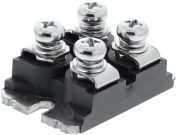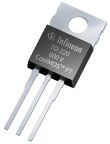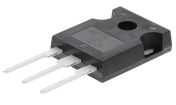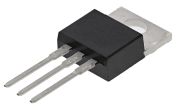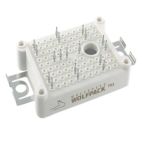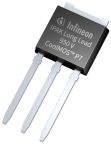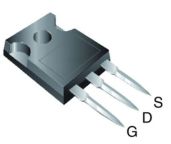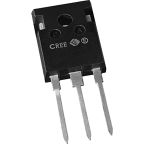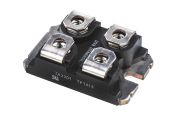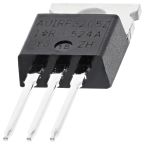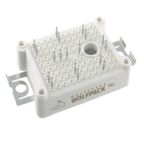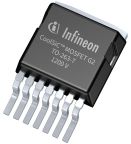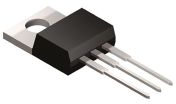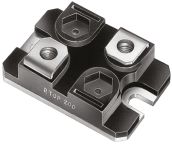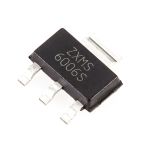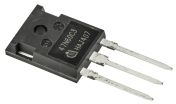N Channel Mosfets
A range of N-Channel MOSFETs from leading brands including our own trusted brand RS Pro. N-Channel MOSFETs are a popular channel type and contain additional electrons which are free to move around. N-Channel MOSFETs work when a positive charge is applied to the gate terminal.
Popular Searches
Related links
- A Complete Guide to MOSFET Transistors
- Infineon N-Channel MOSFET 40 V Direct FET ME IRF7480MTRPBF
- Infineon HEXFET N-Channel MOSFET 40 V Direct FET ME IRF7480MTRPBF
- ROHM SP8M3 N/P-Channel MOSFET 5 A 8-Pin SOP SP8M3HZGTB
- Infineon HEXFET N-Channel MOSFET 100 V Direct FET Large Can IRF7769L1TRPBF
- onsemi PowerTrench Dual N/P-Channel MOSFET 6.2 A 8-Pin SOIC FDS4897C
- Infineon OptiMOS Power Transistor SiC P-Channel MOSFET 100 V, 8-Pin PG-TSDSON-8 FL ISZ24DP10LMATMA1
- Infineon OptiMOS Power Transistor SiC P-Channel MOSFET 150 V, 8-Pin PG-TSDSON-8 FL ISZ15EP15LMATMA1
